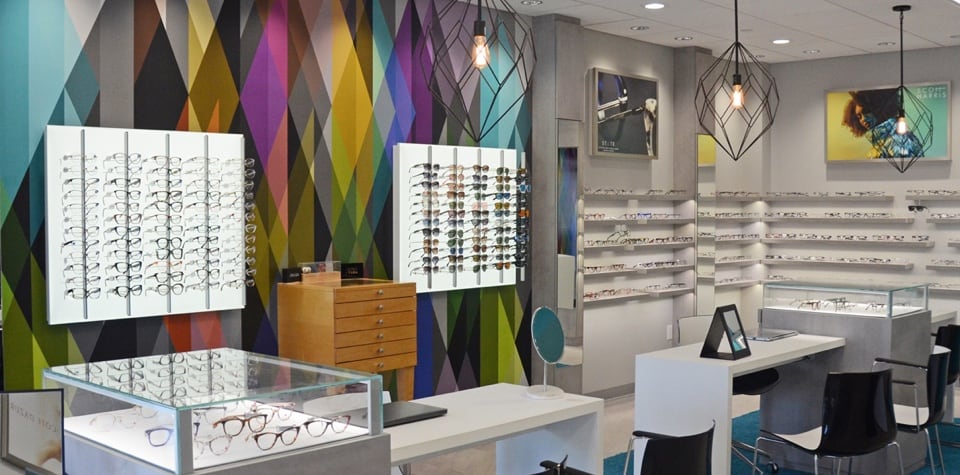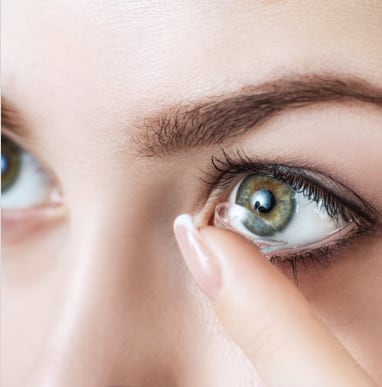
Eye Care in the
Heart of Illinois
We’re here for your vision. For life.
Our remarkably friendly team delivers exceptional care during every step of your vision care journey. Expect a personalized experience from the exam room to your custom glasses or contacts fitting.
Book your next appointment today. We can’t wait to see you again.


Our Locations
Peoria
Find us just south of the Sheridan & Glen intersection, on the same side of the road as Marco’s Pizza and across the street from Walgreens.
To contact our Vision Therapy department, please call 309.670.2020 ext. 2, then choose Option #2 to be directed to VT.
- 309-670-2020
- 309-693-2536
- 309-670-2020
- 4727 N Sheridan Road
- Peoria, IL 61614
Our Hours
- Monday: 8:00 AM – 5:00 PM
- Tuesday: 8:00 AM – 5:00 PM
- Wednesday: 9:00 AM – 5:00 PM
- Thursday: 8:00 AM – 5:00 PM
- Friday: 8:00 AM – 5:00 PM
- Saturday: 8:00 AM – 12:00 PM
- Sunday: Closed
Washington
You can find our office on North Cummings Lane, right next door to Rock Valley Physical Therapy. We offer plenty of parking in front of our clinic with accessible parking stalls.
To contact our Vision Therapy department, please call 309.670.2020 ext. 2, then choose Option #2 to be directed to VT.
- 309-444-8811
- 309-444-7863
- 309-444-8811
- 1009 North Cummings Lane
- Washington, IL 61571
Our Hours
- Monday: 9:00 AM – 5:00 PM
- Tuesday: 9:00 AM – 5:00 PM
- Wednesday: 9:00 AM – 5:00 PM
- Thursday: 9:00 AM – 5:00 PM
- Friday: 8:30 AM – 12:00 PM
- Saturday: Closed
- Sunday: Closed
Our Google Reviews










